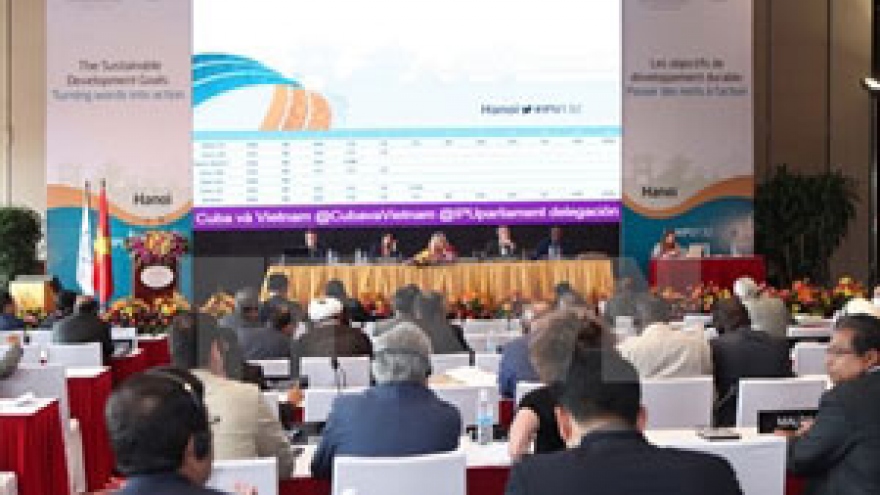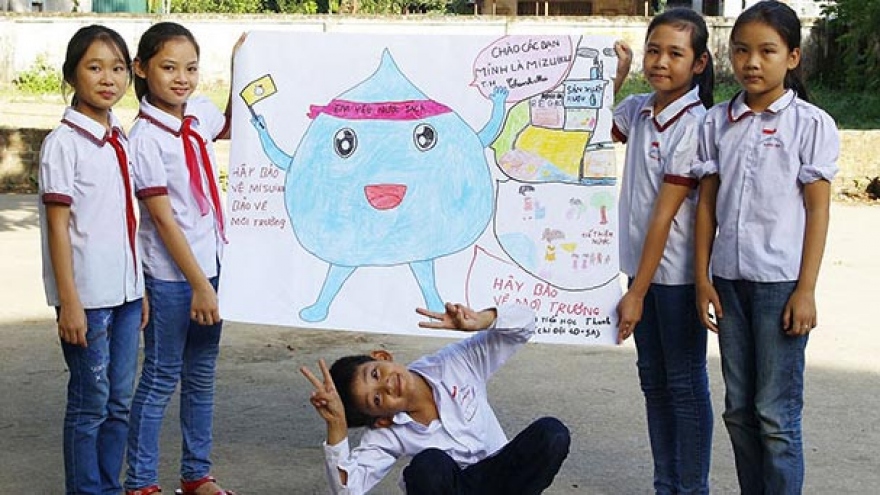Measures put forward to improve rural water supply, sanitation
As water shortages have left critical impacts on the socio-economic development of rural areas, the Vietnam Institute of Fisheries Economics and Planning (VIFEP) has come up with a number of solutions to improving water supply and sanitation in underprivileged areas.
Local residents should be encouraged to use clean water and keep latrines hygienic while applying suitable measures to treat solid waste.
The VIFEP said that the Government should pay attention to developing human resources with a focus on the training of management capacity, consulting and communication skills, and water supply evaluating skills, among others.
In addition to recommending financial institutes and banks to provide rural residents with preferential loans to build water supply facilities, the VIFEP also suggested that local authorities need to mobilise capital to develop clean water supplies and sanitation systems.
The institute considered these as basic measures to deal with water scarcity in rural areas across the country, as it encouraged the involvement of society.
 |
Moreover, the average surface water per capita in Vietnam is estimated at 3,840 cubic metres per annum, which falls behind the International Water Resources Association (IWRA) standard of 4,000 cubic metres per year.
The Vietnam Environment Administration said that 30% of the population has not been aware of the importance of fresh water.
Every day, over 300 water treatment plants are providing water for residential areas through treating millions of cubic metres of ground water, which is facing severe pollution due to large-scaled salt intrusion, heavy metal pollution and a lack of planning to protect the water supply.
According to reports from ministries, branches and provinces involved in the National Target Programme for Rural Water and Sanitation, by the end of 2011, 78% of the rural population had access to fresh water, but only 37% of them had water that passed national technical regulation on domestic water quality.
About 52% of rural households had hygienic latrines and 39% of rural families had sanitary breeding facilities.


